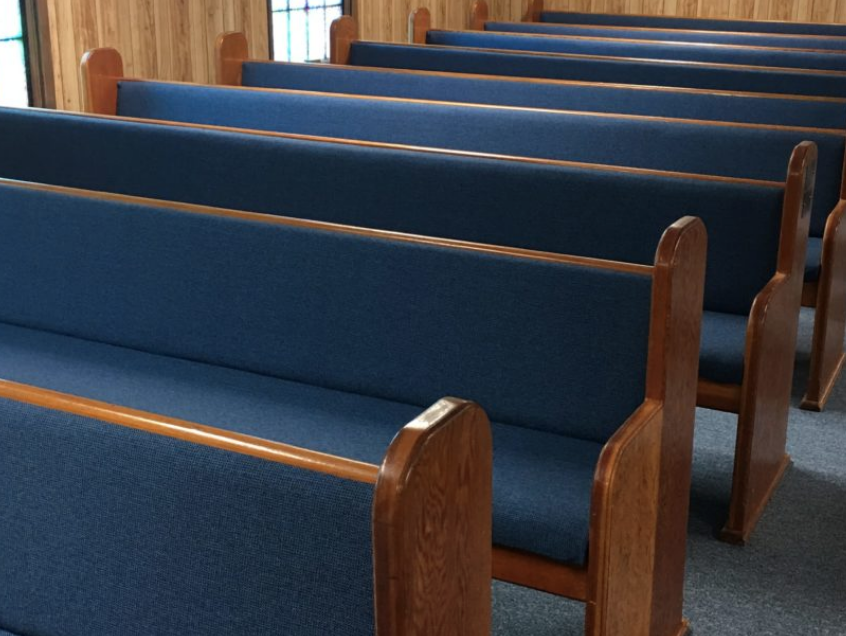President Donald Trump is returning to the White House, convinced – after a close encounter with an assassin's bullet – that he had God on his side in the election.
While opinions differed on that theological question, Trump clearly drew strong support from voters that frequented pews. In Washington Post exit polls, he received 56% of the Catholic votes, while 41% backed Vice President Kamala Harris. In 2020, 52% of self-identified Catholics supported President Joe Biden, with 47% for Trump.
As always, Trump fared well with Protestants and "other Christians," with 62% supporting him, as opposed to 37% for Harris. She won 60% of the votes of non-Christian believers, while Trump had 33% – up 4% from his showing in 2020.
Thus, members of Religion News Association selected the 2024 presidential election as the year's top national religion story. The 2024 poll of religion-news professionals was dominated by analysis of national and international news, as opposed to specific headlines and events, with a strong emphasis on trends among religious conservatives.
But Trump's wins among religious believers – as well as gains among Latinos and Black men – were only one side of this drama, stressed Jessica Grose of the New York Times opinion staff.
Democrats should note the "large and growing religious group that is already in their corner: the Nones," she noted, referring to religiously unaffiliated Americans. "According to new data from the Public Religion Research Institute … 72 percent of the religiously unaffiliated voted for Kamala Harris. Melissa Deckman, the chief executive of P.R.R.I., shared a more granular breakdown of unaffiliated voters with me over email: 82 percent of atheists, 80 percent of agnostics and 64 percent of those who said they had no particular faith voted for Harris."
However, key voters rejected Democratic Party stands on many cultural and moral issues, noted Ruy Teixeira, a veteran Democrat strategist. In a Blueprint2024 survey, the top reason "swing" voters gave for rejecting Harris was that she seemed "more focused on transgender issues" than middle-class needs. Thus, one Trump ad proclaimed: "Kamala is for they/them. President Trump is for YOU."







